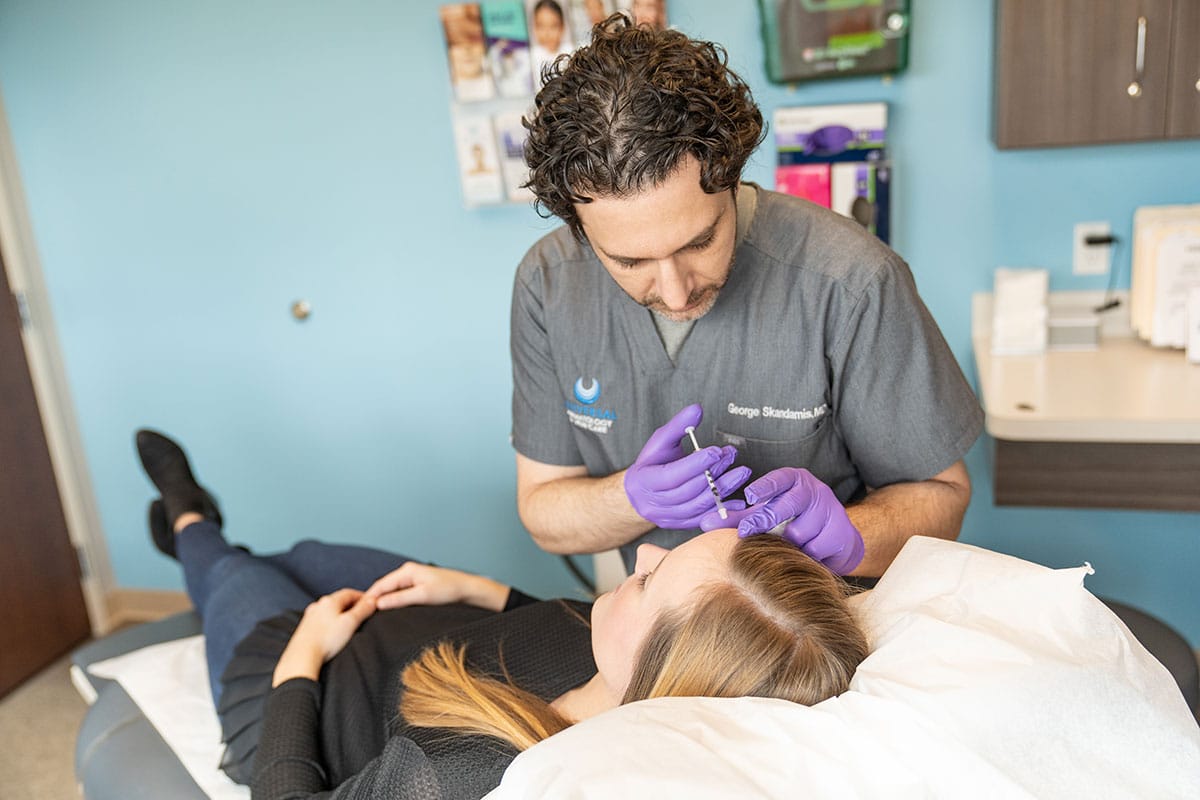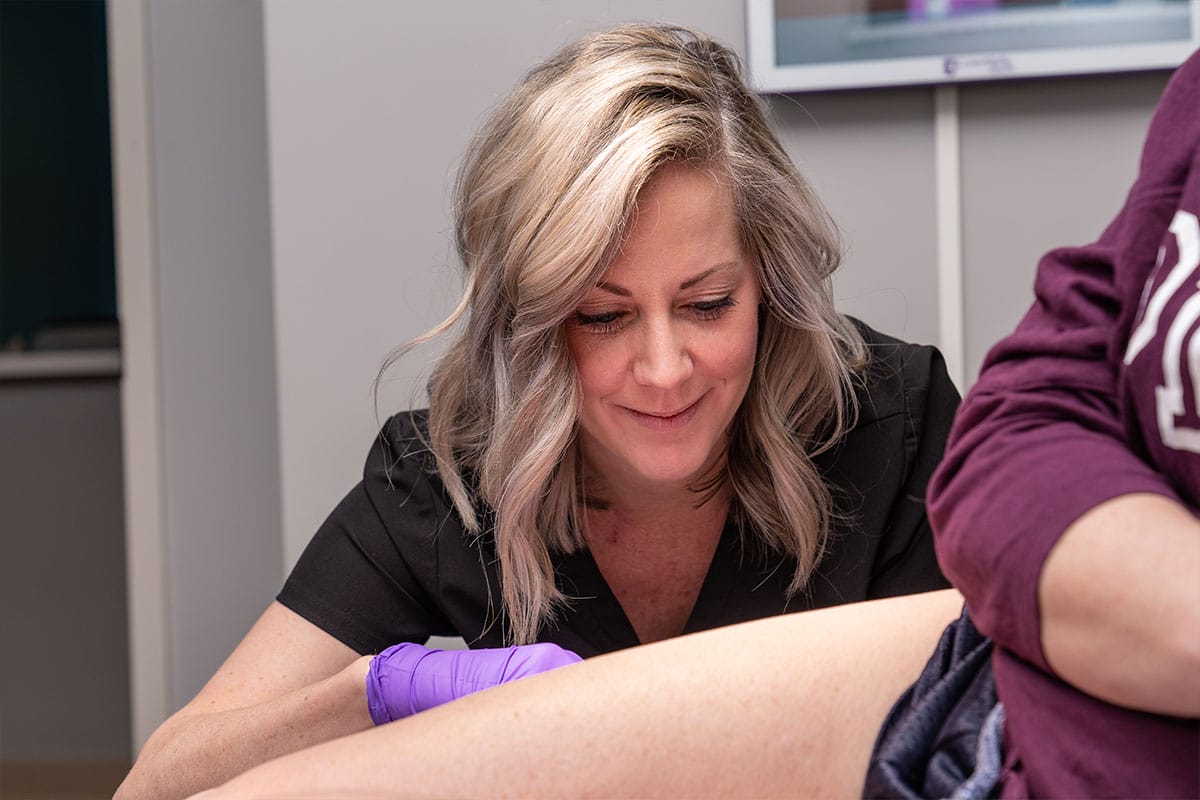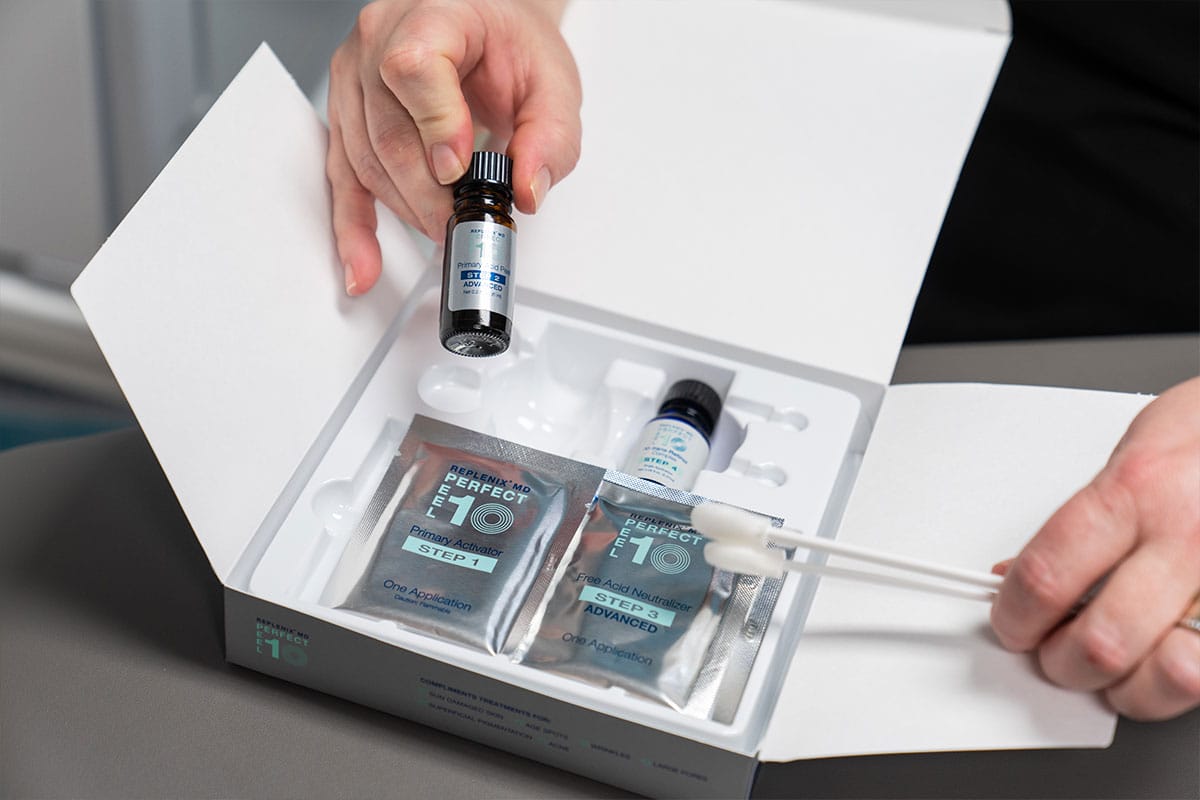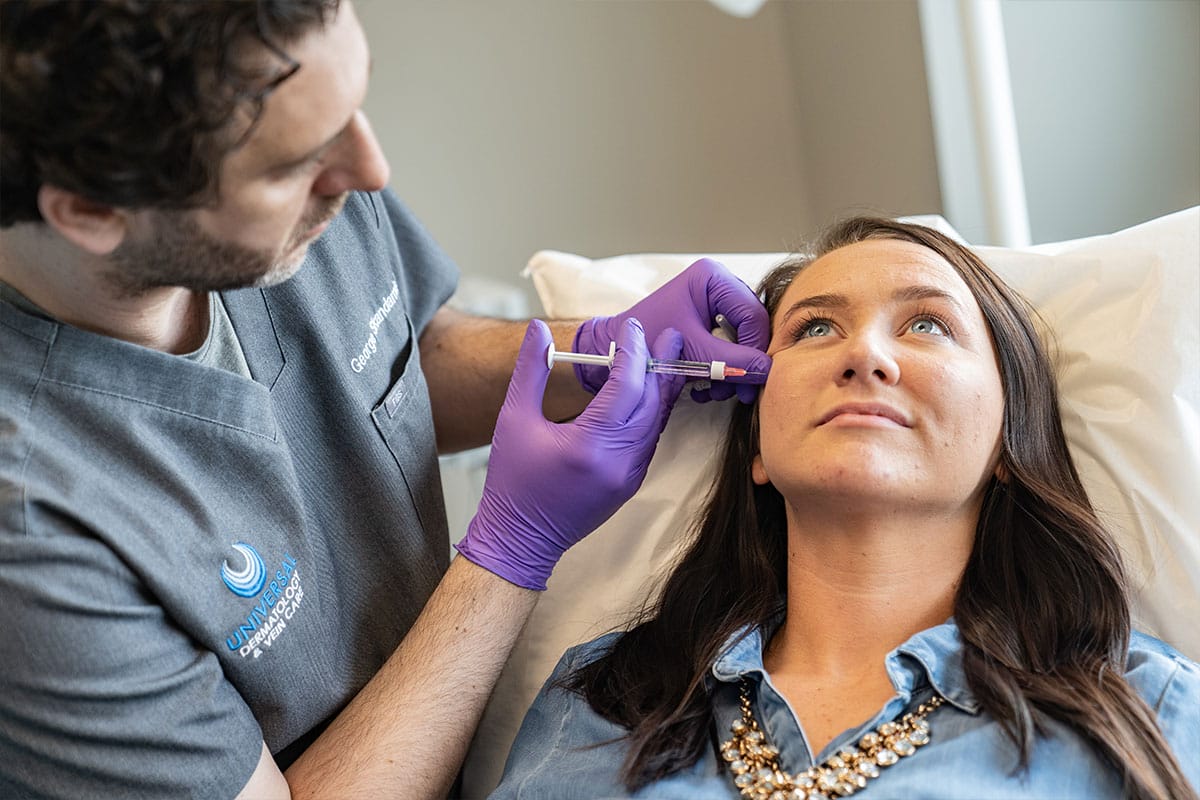Tips For Rosacea During Spring

Spring has sprung and so has flare-ups from rosacea. Many patients have difficulty with this common skin disease when the seasons change, but the changes from winter to spring seem to be the worst.
Springtime is the season where rosacea is most aggravated by the increased sun, wind exposure, temperature change, and outdoor activity. It’s essential for rosacea patients to know what triggers their condition, learn how to avoid the triggers and follow a rigorous skin care regimen when flare-ups occur. Here are some skin tips to keep your rosacea under control as the weather warms.
1. Medical Therapy
Sticking with medications and treatments recommended by your dermatologist. Oral antibiotics, as well as those applied to the skin, along with other prescribed topical treatments, can go a long way towards keeping a flare-up in check. Considering undergoing laser and other light treatments during this time.
2. Proper Sun Protection
If your rosacea is exacerbated by sun exposure, make sure you wear a wide-brimmed hat whenever you are outside. Soaking up those rays after a long winter is tempting. Make sure that you always wear sunscreen that is rated SPF 30 or higher that blocks both UVA and UVB rays. Try a pediatric formulation or one for sensitive skin if sunscreen tends to irritate your skin.
3. Shield Yourself from Wind
Spring brings a lot of windy days. Whenever possible, trying to shield your skin as heavy winds trigger outbreaks in more than half of patients.
4. Moderate Exercise
It’s also tempting to go full out with exertion after a cold winter, but heavy exertion often triggers flare-ups. Try low-intensity exercise at more frequent intervals. When not exercising, avoid situations with high heat and/or humidity.
5. Lifestyle Considerations
Take care of allergies and colds as these conditions can cause flare-ups along with other conditions. Seek medical attention when appropriate. Limit stress and anxiety when possible and if certain foods tend to trigger flare-ups, also limit their intake when other conditions are present.
Lear More4 Skin Care Tips To Help Protect You From Skin Cancer During Spring

1. Use sunscreen with recommended SPF balance
The sun’s rays are harmful. The less of them that your skin is directly exposed to, the healthier your skin will be. Protecting your skin from the harmful sunrays is something you should be doing all year round. Sunscreen is one of the things you can do to protect your skin during the spring. Make sure that you use a sunscreen with an SPF of 20 or more on a daily basis to stay protected.
2. Avoid being in the sun between 10AM and 4PM
In addition to wearing sunscreen, avoid being in the sun whenever possible, and especially at times when it is most harmful. The sun is at its hottest and most harmful during the hours between 10AM and 4PM. If you must be in the sun during these hours, enhance your skin protection by moisturizing properly and using a sunscreen with an appropriate SPF.
3. Continue to moisturize for skin protection
While moisturizing heavily may be associated with the winter months, your skin needs to be continuously moisturized to stay healthy. Try using a lighter, oil-free moisturizer as you transition from winter to spring. This will help keep your skin from drying out and keep it looking and feeling great during springtime.
4. Drink water
Drinking water is one of the things you can do for your body that helps keep it healthy both inside and out. Ensuring that your water intake is sufficient will help you maintain hydrated and glowing skin as well as keep your body functioning well. Getting in the recommended daily amount is a good place to start.
Lear More
 Our Dermatologists
Our Dermatologists Our Providers
Our Providers Our Staff
Our Staff Specials
Specials Financing
Financing Pay Bill Online
Pay Bill Online